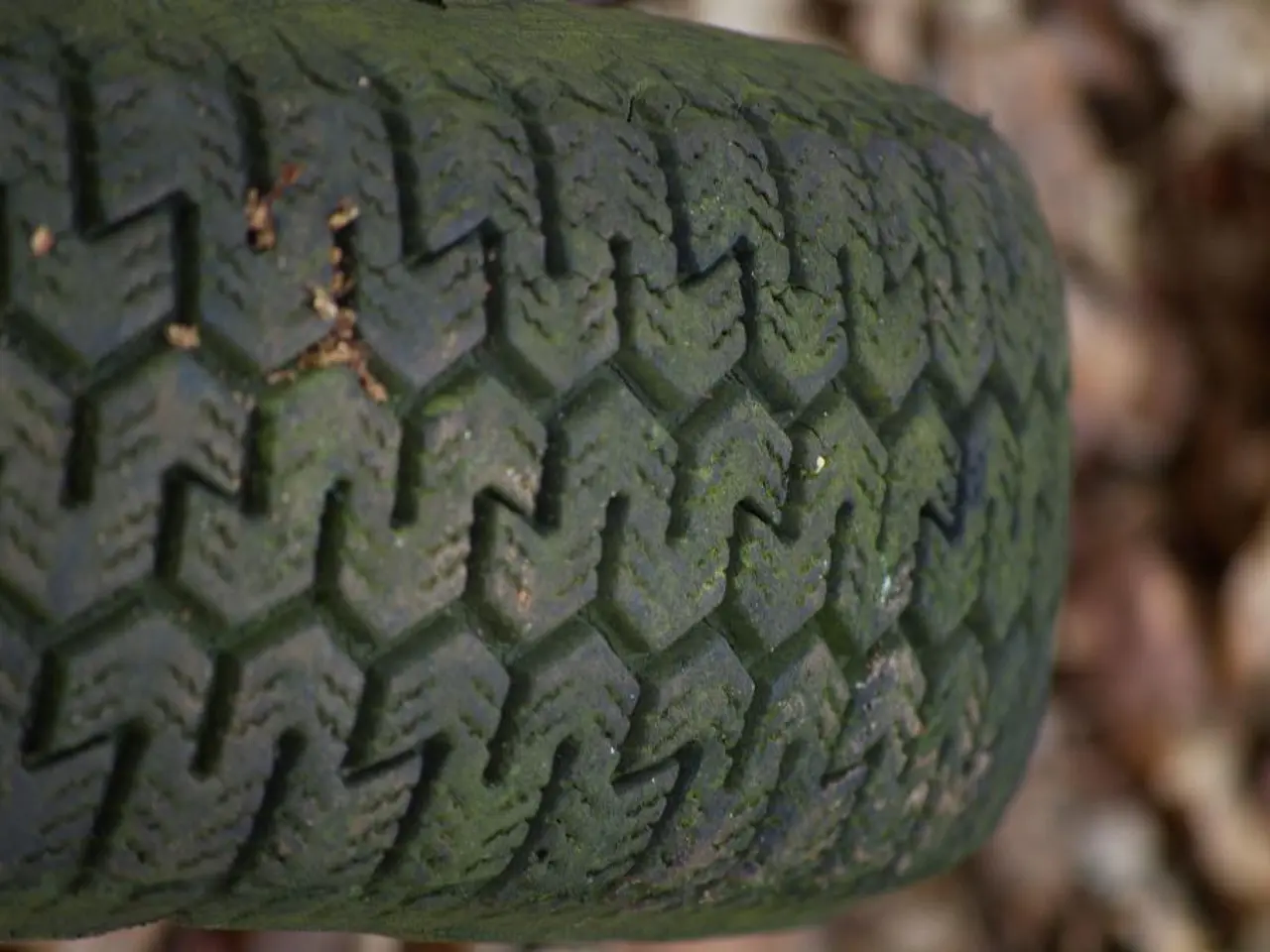Rivian's Solution to Persistent Tire Consumption in R1T and R1S Models
Rivian, the American electric vehicle manufacturer, has made significant improvements to the Conserve Mode in its second-generation R1T and R1S Quad vehicles, addressing the issue of excessive tire wear experienced in the first-generation models.
Unlike the previous Conserve Mode, which switched to front-wheel drive and caused excessive tire wear, the new system operates more like automatic four-wheel drive. This change helps distribute power more evenly across all four wheels, reducing the strain on any single set of tires.
One of the key enhancements is the use of Rivian's in-house Ascent motors, providing better control over the drivetrain compared to the outsourced Bosch motors used in the first generation. This allows for finer motor control, contributing to more balanced power distribution.
The new electrical architecture and Ascent motors, first introduced in 2025, also eliminate the clunk noise and feeling associated with engaging or disengaging the driveline in the older models, indicating a smoother operation.
The second-generation Quads' Conserve Mode is designed to disconnect at highway speeds or 50 mph or above if there isn't a high torque requirement. It is more efficient and quicker in going on or offline compared to the first-generation models. However, the improved Conserve mode is not available for existing vehicles via an over-the-air update due to the mechanical aspects of the changes.
The system in the second-generation Quads is designed to reengage the rear motors when torque is called upon, aiming to prevent front tire wear in Conserve Mode. The front motors of the second-generation Quads feature a silicon carbide (SiC) inverter for better efficiency, while the rear motors have an IGBT inverter.
The reengineered Conserve Mode works the same in the Tri-Motor R1T and R1S launched in 2025 as the new second-gen Quads. The Quad- and Tri-Motor models will remember and default to the drive mode that was last used except Off-Road mode when the vehicle wakes up.
Rivian has reengineered the Conserve mode in the second-generation 2026 R1T and R1S Quad to stop excessive tire wear. The company has limited the disconnects, improving the team's ability to balance drivability, NVH (Noise, Vibration, and Harshness), and efficiency.
In the first-generation R1T and R1S, the Conserve Mode completely shut down both rear motors, turning the truck into a front-wheel-drive, tire-eating vehicle. The reengineered Conserve Mode in the second-generation Quads doesn't just shut down the rear motors and declutch; it now disconnects and reconnects based on torque demands.
The first-generation quad-motor R1s utilized water-cooled motors sourced from Bosch due to Rivian's in-house units not being developed yet. The Dual-Motor models don't have a specific Conserve Mode; they automatically clutch in and turn off the single rear motor as able in the All Purpose drive mode.
These improvements aim to prevent the tire-eating issue seen in the first-generation vehicles while maintaining efficiency and performance. The new system is a testament to Rivian's commitment to continuous improvement and customer satisfaction.
- In the second-generation R1T and R1S Quad vehicles manufactured by Rivian, the reengineered Conserve Mode is designed to address the issue of excessive tire wear experienced in the first-generation models, improving drivability, NVH (Noise, Vibration, and Harshness), and efficiency.
- Rivian's use of in-house Ascent motors in the second-generation Quads provides better control over the drivetrain, contributing to more balanced power distribution and finer motor control.
- The new Conserve Mode operates more like automatic four-wheel drive, helping distribute power more evenly across all four wheels to reduce the strain on any single set of tires.
- The technology in the second-generation Quads also includes a silicon carbide (SiC) inverter for the front motors and IGBT inverters for the rear motors, designed to work together effectively and prevent front tire wear in Conserve Mode.




